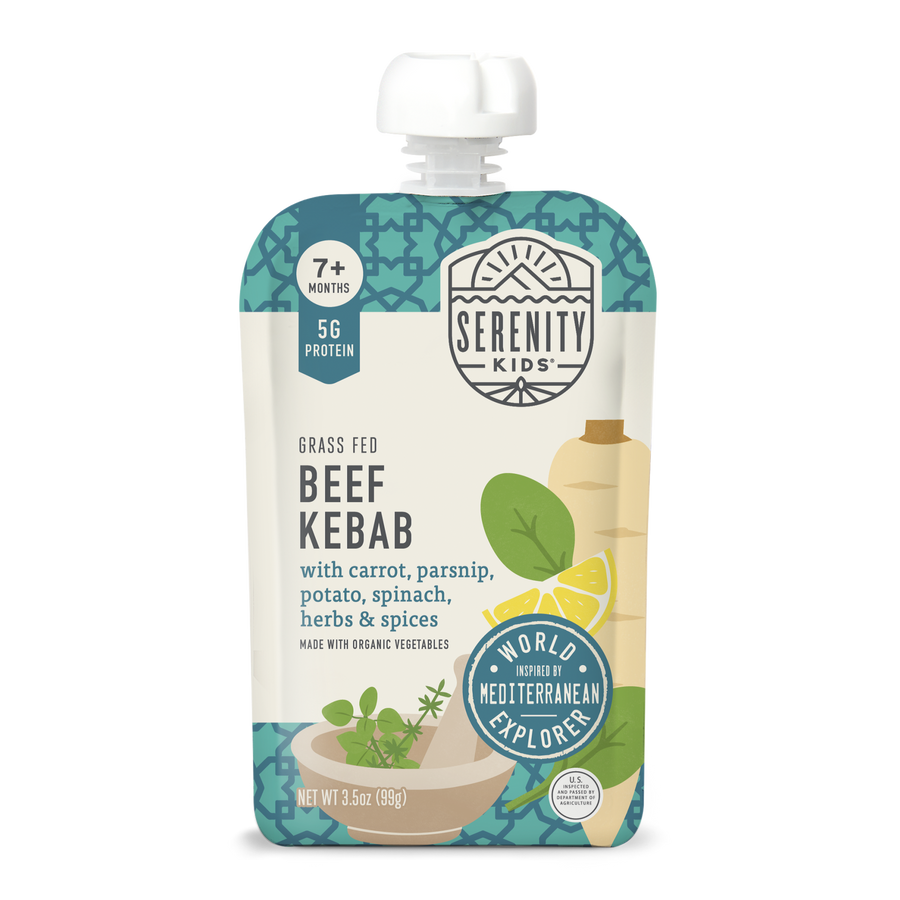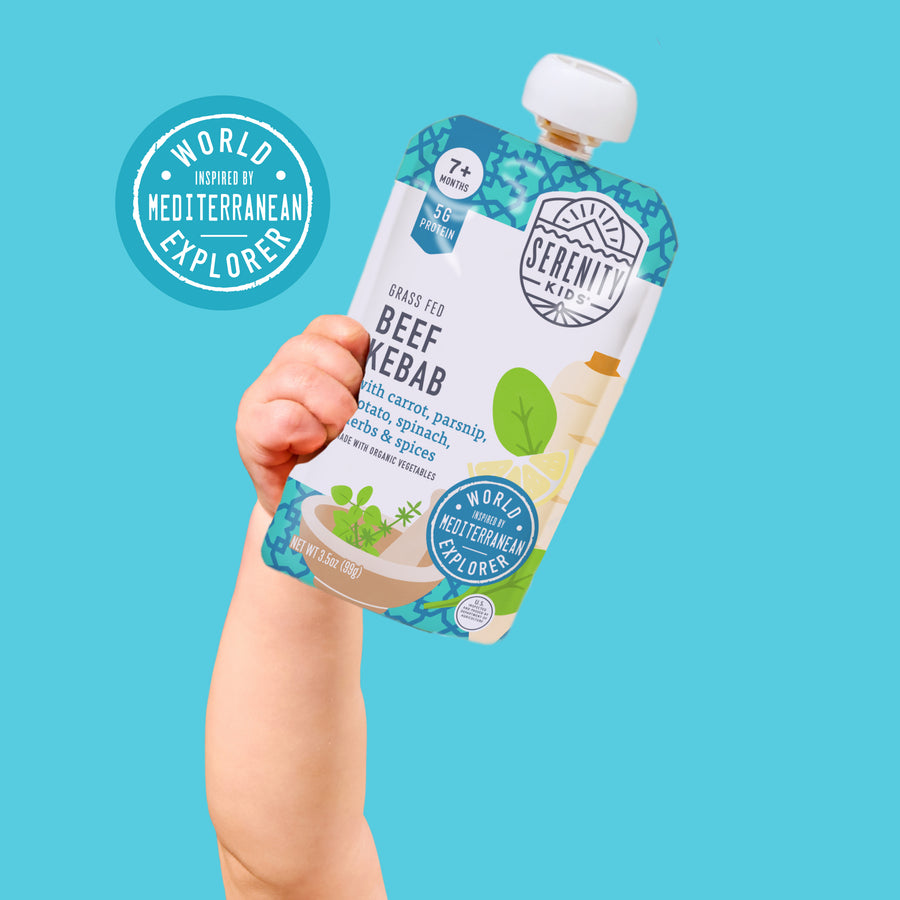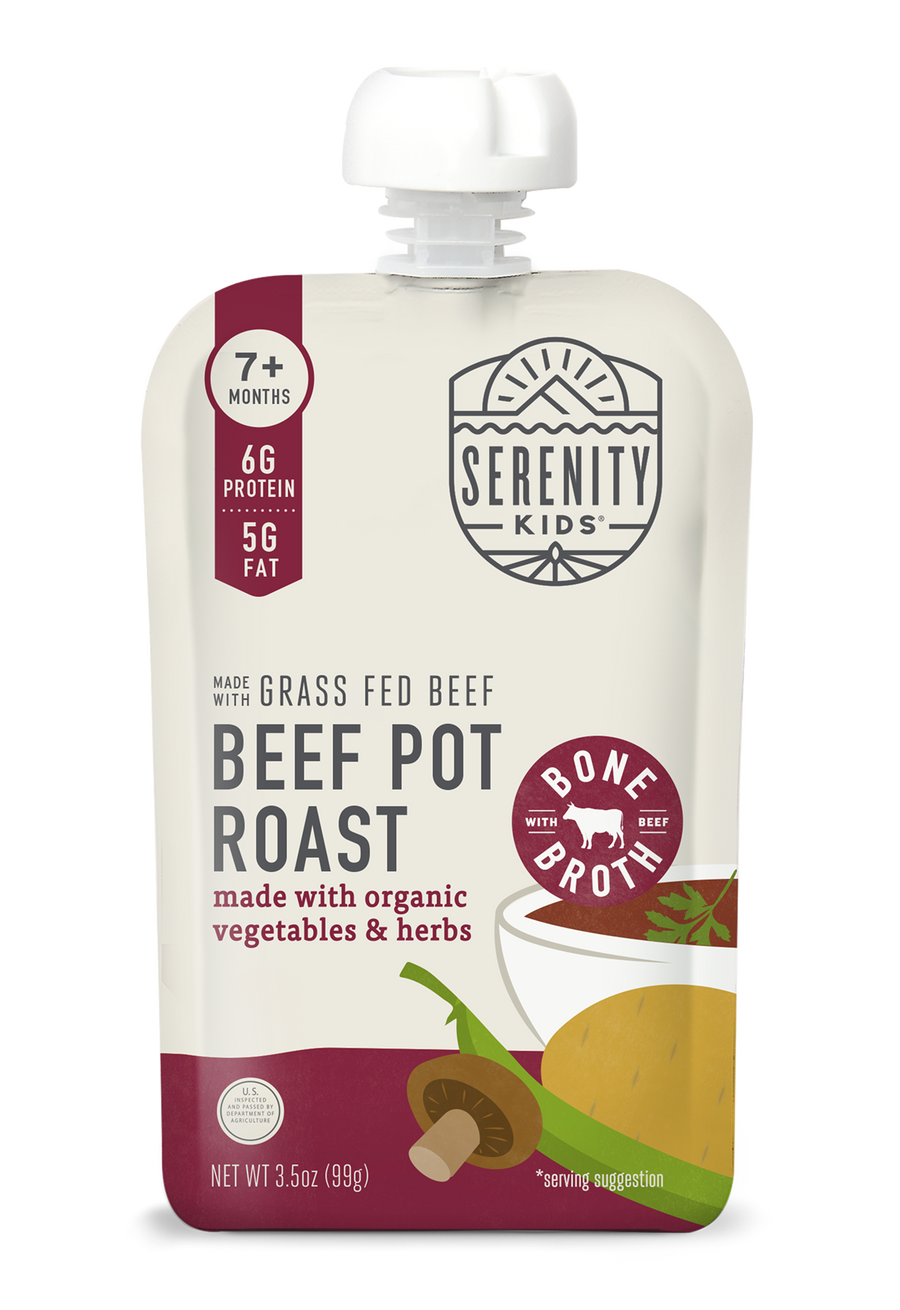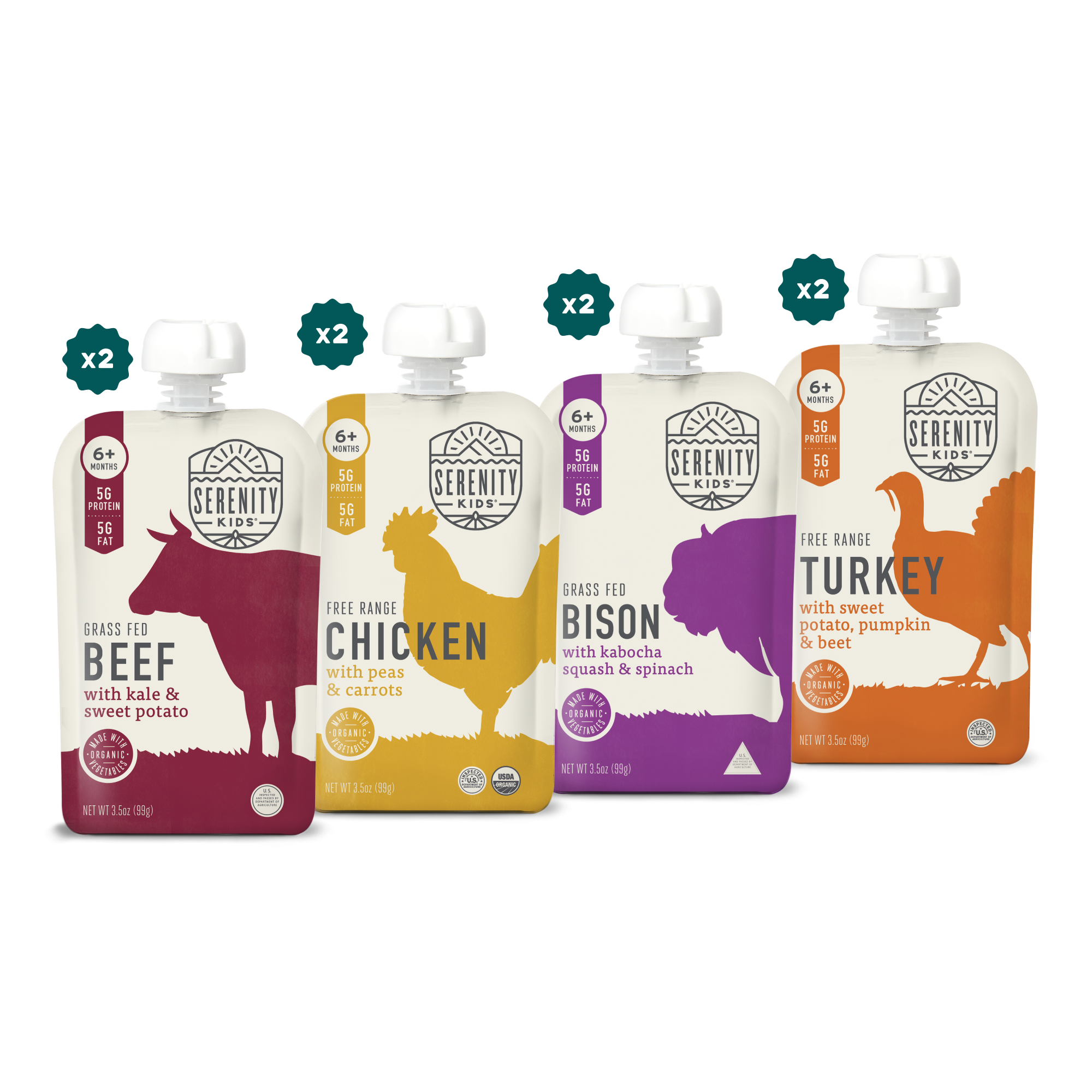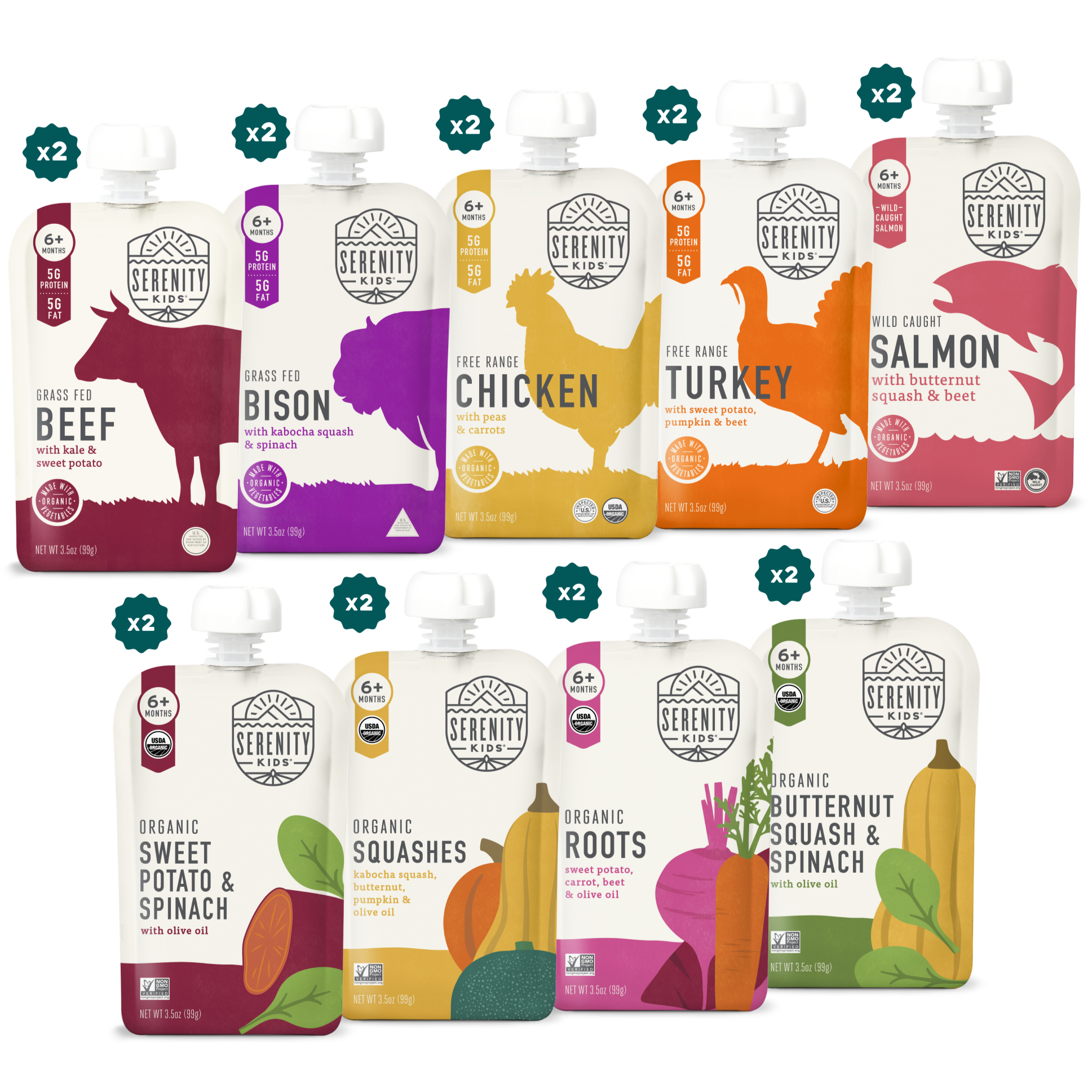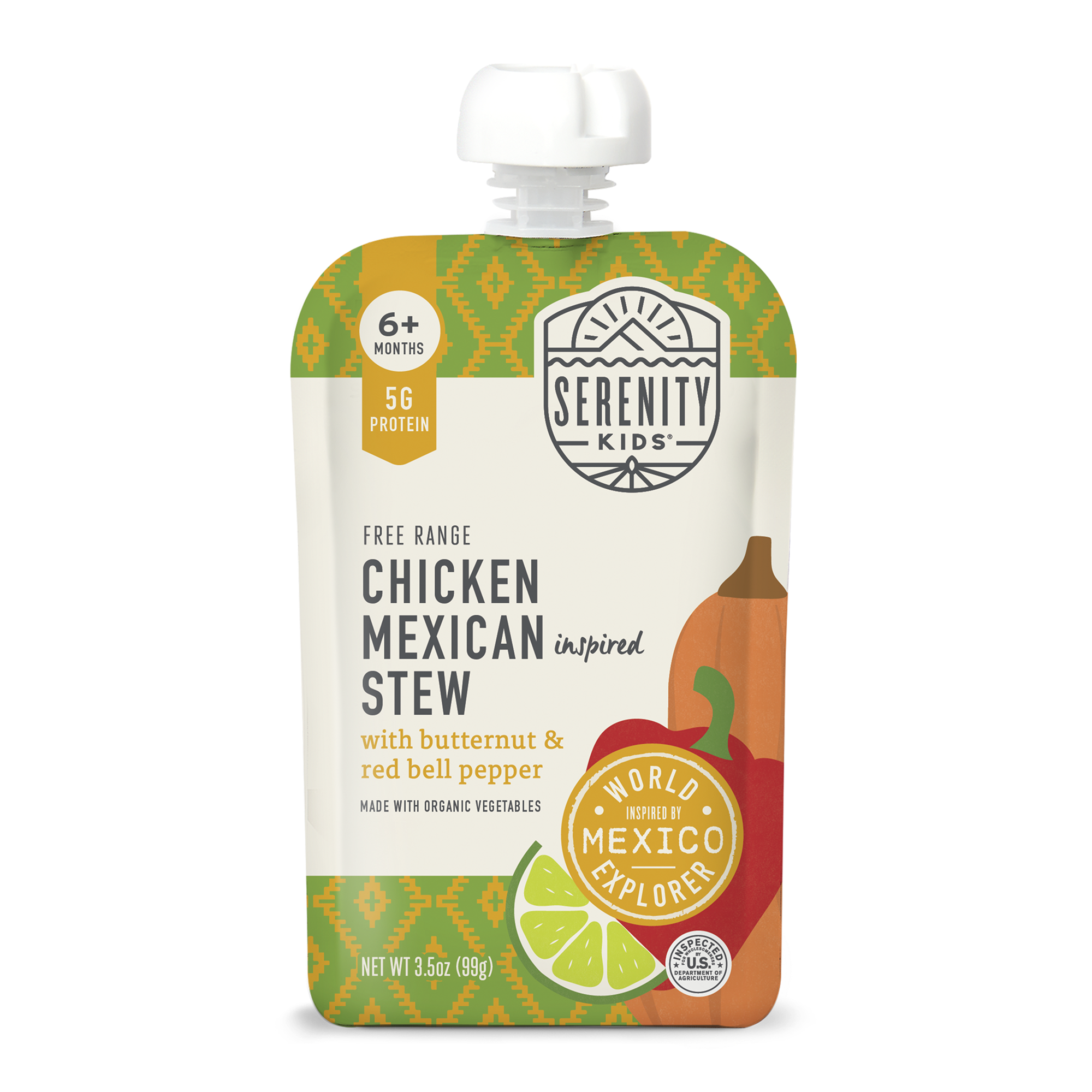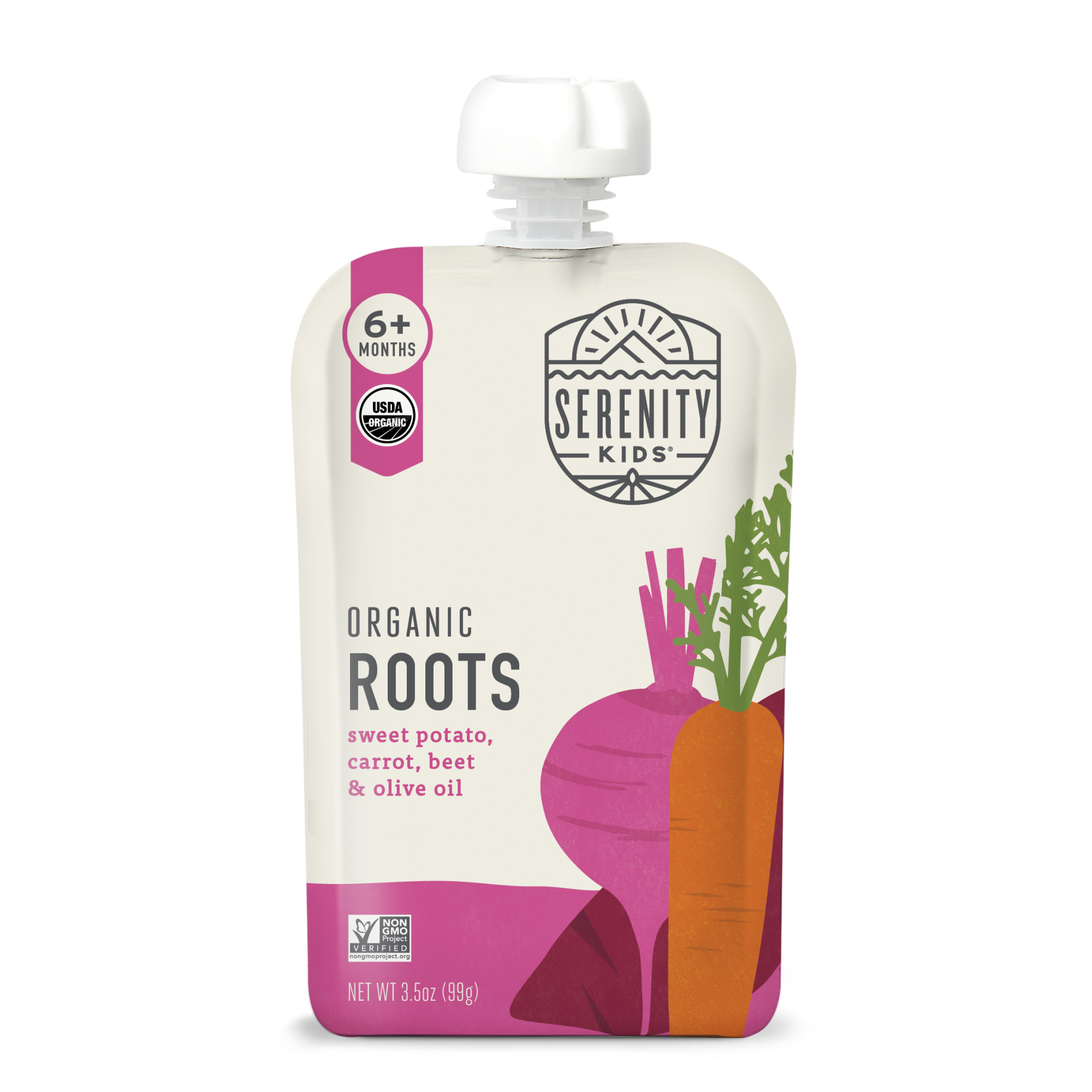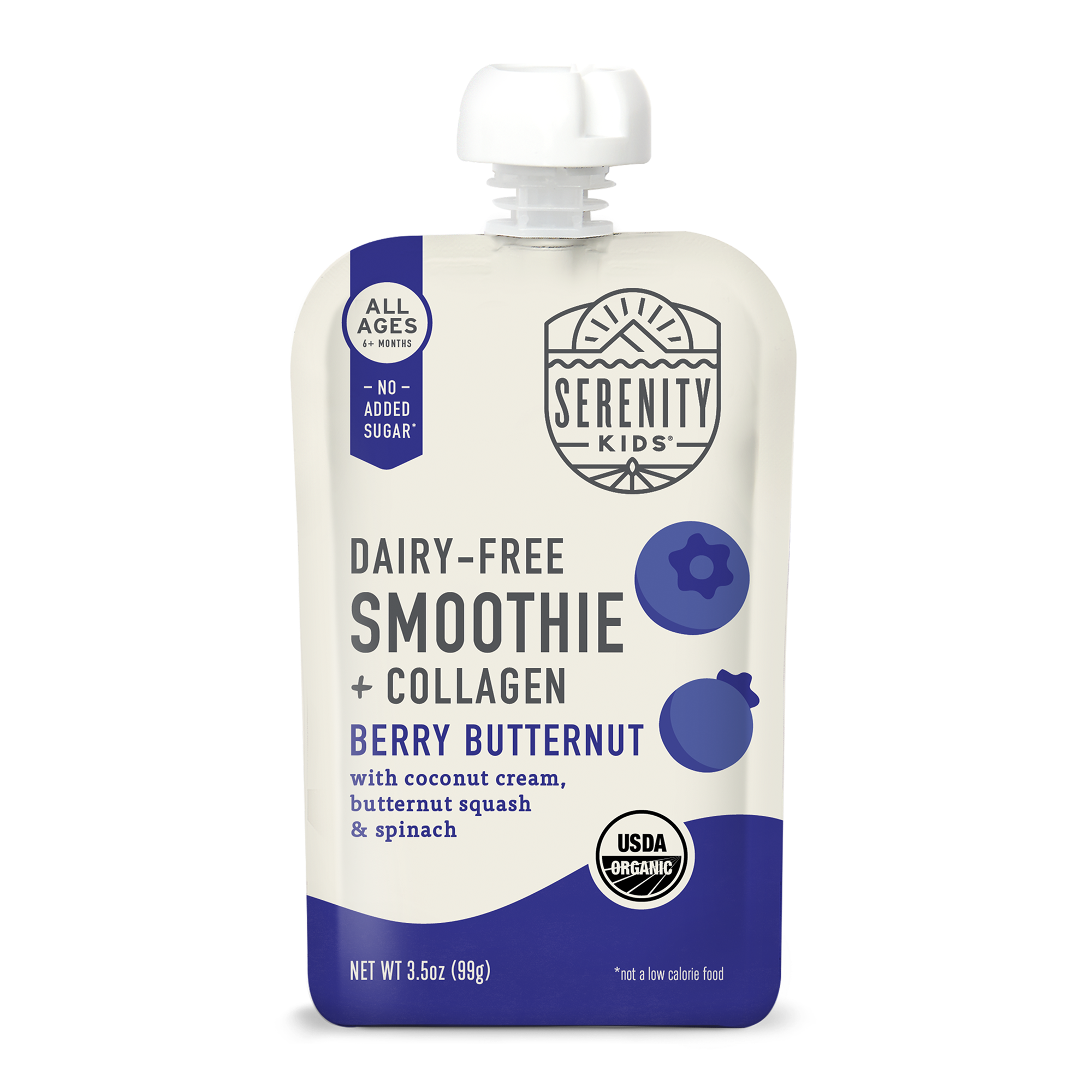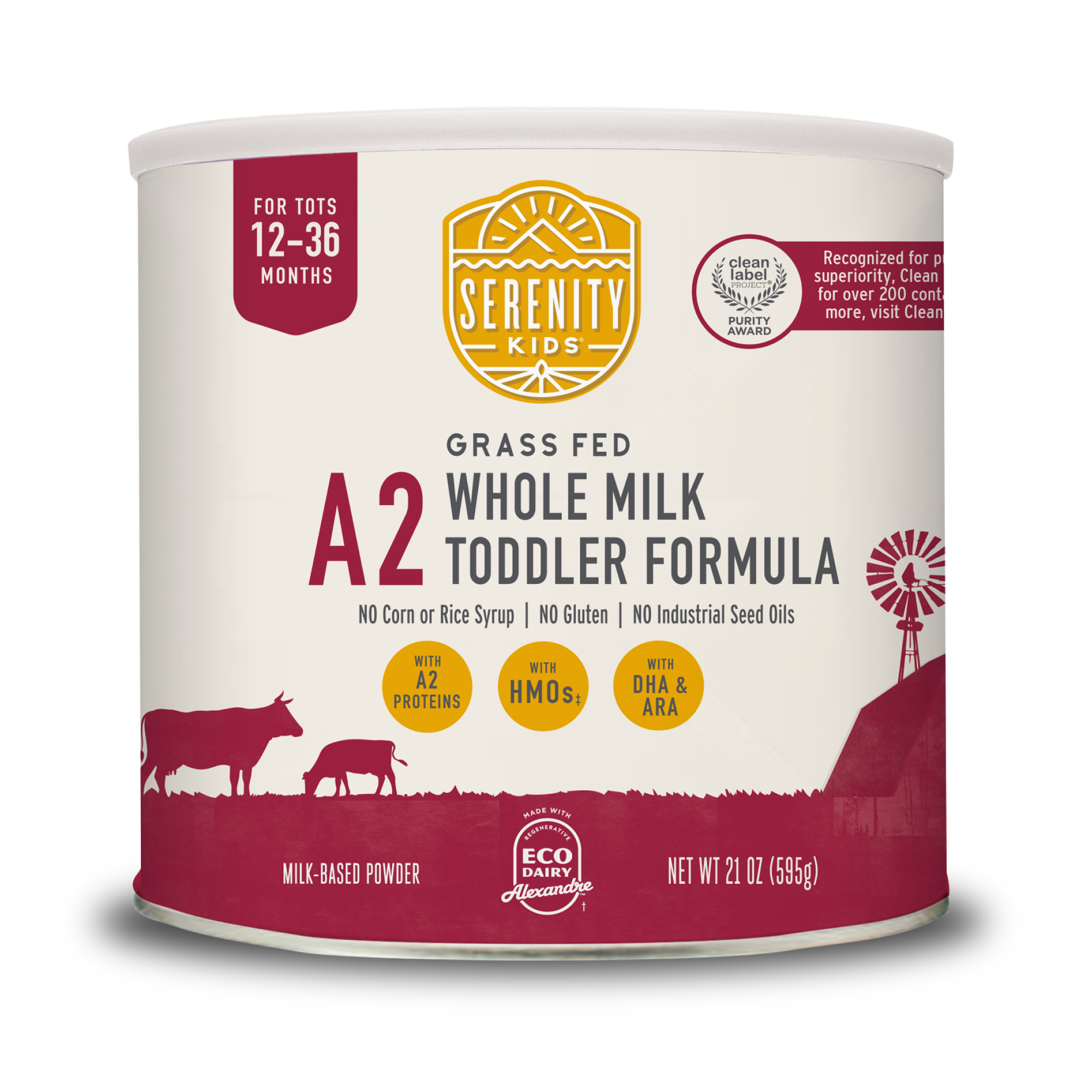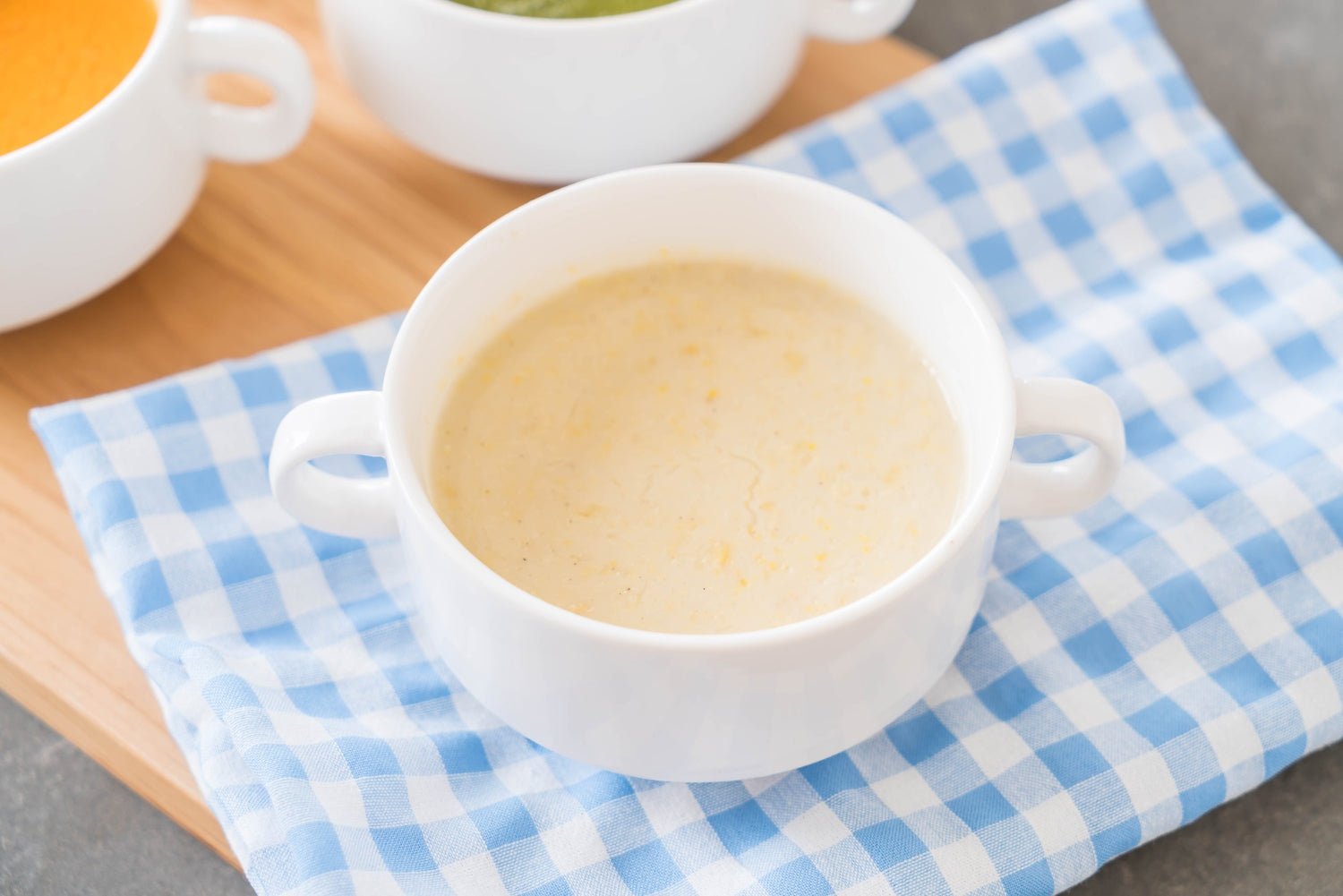Clogged ducts can be one of the most frustrating and painful parts of the breastfeeding journey. One minute, things are going smoothly. The next, you're dealing with a sore, swollen breast, a tender lump, and possibly a dip in milk flow. And when these clogged milk ducts keep coming back, it’s enough to make any mom feel overwhelmed.
The good news? Recurrent clogged milk ducts are manageable with the right care, some helpful strategies, and support from those around you, including your partner. Whether you’re exclusively breastfeeding, pumping at work, or doing a combination, this guide will walk you through the causes, symptoms, treatments, and ways to prevent plugged ducts for good.
Why Recurrent Clogged Ducts Happen
Clogged ducts happen when milk flow slows or gets blocked, causing inflammation and buildup in part of the breast. This can create a firm lump, pain, and swelling. When the milk isn’t draining properly, either from infrequent feedings, poor latch, or compression, the duct gets backed up.
Some mothers experience recurrent clogged ducts because of anatomical issues, oversupply, or repeated pressure on the same area. Stress, fatigue, and even tight clothing can make it worse. If milk stagnates too long, it may lead to mastitis, a painful breast infection.
Causes of Recurrent Clogged Ducts
Poor Latch or Positioning
When a baby isn’t latched deeply or effectively to your nipple, milk removal may be incomplete, leaving milk behind and increasing the risk of blockage.
Infrequent Feedings or Pumping
Going too long between feedings or pumping sessions can allow milk to accumulate, especially in the early weeks when the milk supply is adjusting.
Tight-Fitting Bras or Pressure on Breasts
Wearing underwire bras, tight sports bras, or sleeping in positions that press on your breasts can lead to obstructing milk flow and blocked ducts.
Symptoms of Recurrent Clogged Ducts
Pain or Tenderness in the Breast
You might notice a painful lump or sensitive area that doesn’t improve after nursing or pumping.
Swelling or Redness
The area may feel warm, look red, and appear slightly swollen compared to the rest of the breast.
Decreased Milk Flow from the Affected Side
Milk may not flow as easily, and your baby might seem frustrated or refuse that breast. You may also feel fuller than usual on the clogged side.
How to Prevent Recurrent Clogged Ducts
Prevention is key, especially if you’re dealing with frequent blockages. Here are some simple habits that can help:
Ensure Proper Latch and Positioning
Work with a lactation consultant to check your baby’s latch and try different feeding positions to encourage full drainage.
Breastfeed or Pump Regularly
Try to empty the breast every 2–3 hours. If your baby sleeps for longer stretches, consider pumping to avoid engorgement and milk backup.
Wear Comfortable, Supportive Clothing
Avoid anything that compresses your breasts. Opt for soft, well-fitting bras and loose clothing that won’t restrict milk flow.
How to Treat a Clogged Duct When It Happens
If you catch it early, you can often treat a clogged duct at home and avoid further complications.
Apply Warm Compresses
Before feeding or pumping, apply a warm washcloth or use a heating pad for 10–15 minutes to help loosen the blockage.
Massage the Affected Area
Use gentle circular motions, moving from the clogged area toward the nipple. Some moms find using an electric toothbrush or vibration tool helpful.
Continue Breastfeeding or Pumping
Don’t stop nursing! Milk removal is the best treatment. Start feeds or pumping sessions on the affected side to encourage better drainage.
Hydrate, rest, and consider asking your provider about lecithin, a supplement that may help prevent clogged ducts by reducing milk thickness.
When to Seek Help for Clogged Ducts
Worsening Symptoms or Infection
Call your provider if you experience fever, chills, red streaks on your breast, or pus-like discharge. These could be signs of mastitis and might require antibiotics.
Persistent Clogged Ducts
If the lump hasn’t improved in 48 hours despite frequent feeding and massage, reach out to your doctor or lactation consultant to rule out a deeper issue or abscess.
Wrap-Up: Staying Comfortable While Breastfeeding
Dealing with recurrent clogged ducts can feel exhausting, but it doesn’t mean you have to stop breastfeeding. With the right tools, habits, and support, you can manage these challenges and keep going strong.
And let’s not forget about Dad. Your partner plays a huge role in recovery. Here’s how they can help:
-
Bring water or snacks during nursing sessions
-
Take over chores so you can rest and recover
-
Gently help massage the affected area
-
Soothe the baby if you're feeling sore or need a break
-
Encourage you to seek help when you need it
Sometimes, just having someone say “You’re doing a great job” is exactly what you need to hear.
Finally, if your baby is starting solids and you’re navigating both breastfeeding and baby food, consider adding clean, nutrient-dense pouches to your routine. And if your little one is over 1 year, our A2 Whole Milk Toddler Formula can offer added nutrition during transitions.
You're not alone. You're learning. And you're doing an amazing job!


















